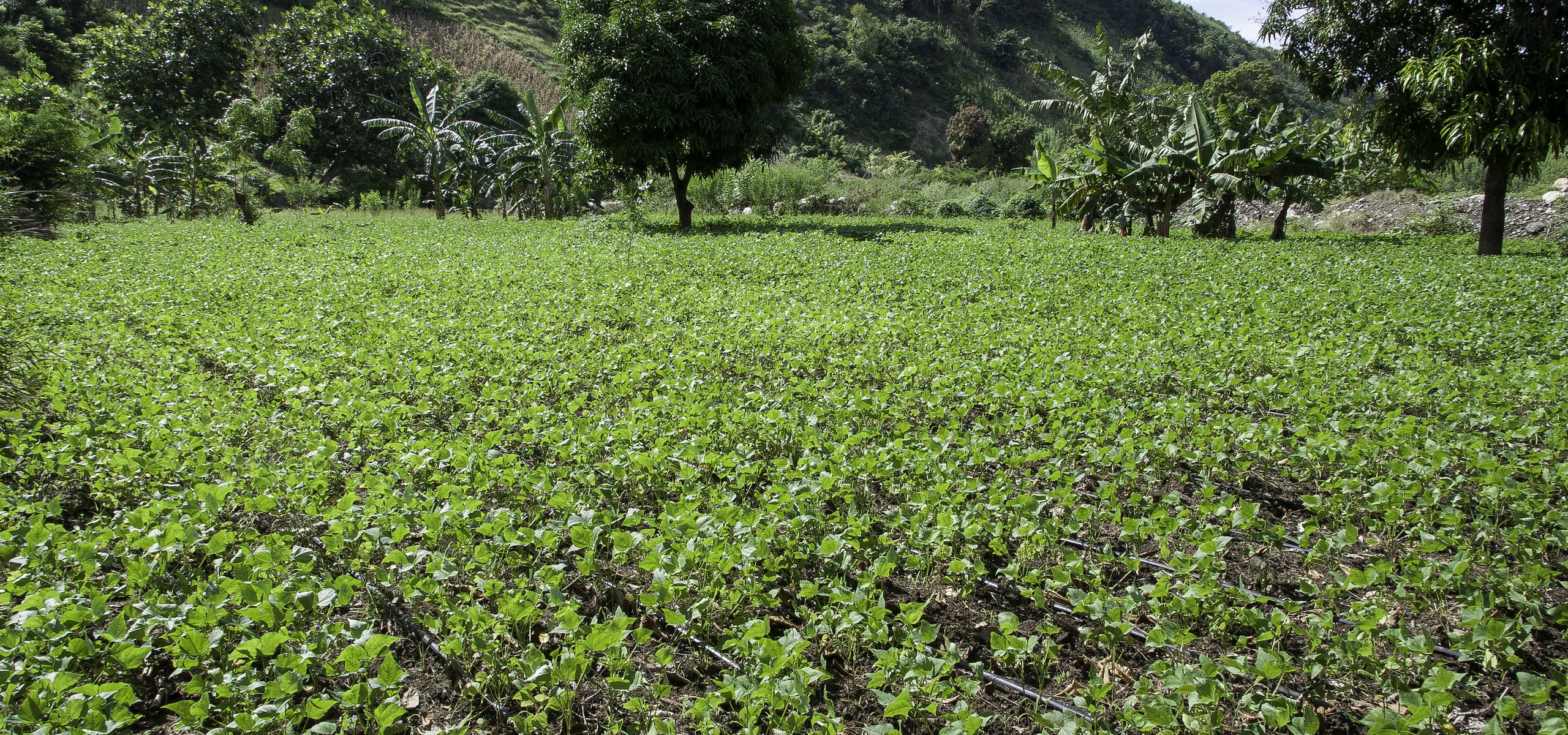Chemicals & Pesticides
Due to the hazards they pose, chemicals and pesticides must be carefully managed in humanitarian action

Due to the hazards they pose, chemicals and pesticides must be carefully managed in humanitarian action
Welcome to the online edition of the Disaster Waste Management (DWM) Guidelines. This section contains the relevant tools and general information for those who plan to deploy on disaster waste management missions and those dealing with disaster waste management. We recommend reading the Disaster Waste Management Guidelines…
The course published by UN Environment and UNOCHA is available in English, French, Mandarin, Spanish and Russian, and raises awareness about industrial accidents in order to strengthen the capacity of government, industry and civil society representatives.
The Flash Environmental Assessment Tool (FEAT) is a tool which helps identify existing or potential acute environmental impacts that pose risks for humans, human life-support functions and ecosystems, following sudden-onset natural disasters.
The document provides guidance on integrated pest management, an approach which encourages natural and cultural control of pest populations by anticipating and managing pest problems, while permitting safer pesticide uses where justified and permitted.
The document provides guidance on maximizing the safety of pesticide use when such use is unavoidable. Before analyzing the risks and benefits of pesticide use all reasonable Integrated Pest Management alternatives must be analyzed.
Living under a black sky۪ reveals how the conflict in Iraq has left a toxic trail of destruction which could have severe health consequences for communities and reconstruction efforts.
These two documents from the United Nations Environment Programme (UNEP)Â provides guidance for governments seeking to develop, review or strengthen their national chemical accidents prevention and preparedness programme. UNEP is leading an international initiative to promote chemical accident prevention and preparedness. The initiative focuses on the development and implementation…
This factsheet describes the Flash Environmental Assessment Tool (FEAT), a tool developed by the UN Environment/OCHA Joint Unit (JEU) to help humanitarians assess the impacts of chemical accidents.
Disasters can create environments in which vectors can increase dramatically and spread diseases. However, the chemicals most commonly used to dispose of these vectors can damage the environment and health. This paper provides guidance on how to create post-disaster sanitary efforts that remove the amount of vectors.
This document highlights the complex relationship between armed conflict and environmental pollution.
The Toxic Remnants of War Network is a civil society network working to reduce the humanitarian and environmental impact of pollution from conflict and military activities.
PAX works to document the environmental impact of new and ongoing conflicts, and to build better responses in order to reduce threats to public health and environmental risks for civilians.
This WHO page gathers guidance concerning the public health response to technological incidents, e.g. chemical accidents and accidents related to the transport of hazardous goods.
The guidance advises on the implementation of specific aspects of the Code of Conduct concerning pesticides. Specific guidelines on pesticide use, application, prevention and disposal are available.
The Fumigation PEA establishes a clear approach to manage health and environmental risks for actors that plan to undertake phosphine fumigation in a warehouse setting.
This brochure presents the specific work of international organizations and institutions regarding the prevention, preparedness and response to chemical and industrial accidents.
A report by PAX for Peace regarding Syria۪s oil industry, the rise of makeshift oil refining and the issues arising from these practices.
The second addendum to the OECD Guiding Principles for Chemical Accident Prevention, Preparedness and Response, which outlines considerations for natural-hazard triggered technological accidents.
The MINERVA Portal is a website providing a collection of technical Information and tools supporting EU policy on control of major chemical hazards.
A brochure provided by the International Social Security Association (ISSA) offering practical guidance on where and how chemicals should be kept, in particular for small and medium-sized enterprises.